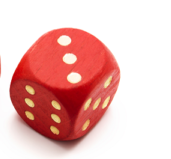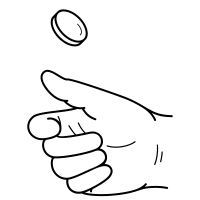Science > Mathematics > Statistics and Probability > Probability > Sample Space of an Experiment In the last article, we have studied the concept of probability. In this article, we shall study to write a sample space for a given event. The Sample Space for Random Experiments: From a group of 2 boys and 3 […]

